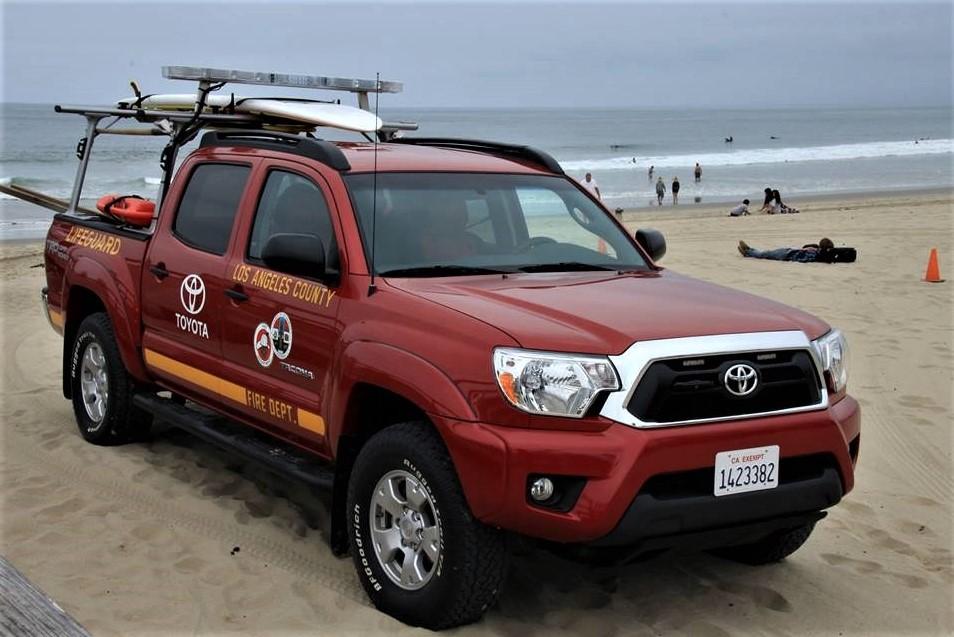Surfing, an exhilarating dance with nature’s most dynamic forces, demands not only skill and agility but also a profound understanding of the ocean’s ever-changing moods. Among the myriad challenges surfers face, fast-moving waves stand out as both a thrilling opportunity and a formidable hazard. Successfully navigating these powerful surges requires more than just courage; it demands a mastery of techniques and an acute awareness of safety protocols. This article delves into the essential strategies for handling fast-moving waves, providing surfers with the knowledge needed to enhance their safety and elevate their performance. By exploring the mechanics of wave formation, the importance of physical conditioning, and the critical role of mental preparedness, we aim to equip both novice and seasoned surfers with the tools necessary to confidently and safely tackle the ocean’s most vigorous offerings.
Understanding the Dynamics of Fast-Moving Waves
Surfing is an exhilarating sport, but it requires a deep understanding of wave dynamics to ensure both performance and safety. Fast-moving waves, characterized by their quick formation and powerful momentum, present unique challenges that surfers must be prepared to tackle. Here are some essential tips to navigate these dynamic conditions effectively:
- Positioning: Understanding the wave’s trajectory is crucial. Stay ahead of the breaking point to maintain control and avoid being caught off-guard.
- Timing: Precision is key when catching fast-moving waves. Paddle with strong, consistent strokes and aim to match the wave’s speed as it approaches.
- Equipment: Consider using a board designed for speed and agility. Shortboards are typically favored for their quick maneuverability in such conditions.
- Exit Strategy: Always have a plan to safely exit the wave. Practice bailing techniques to minimize the risk of injury.
By honing these skills, surfers can not only enhance their safety but also optimize their performance in fast-moving waves. Remember, the ocean is unpredictable, so constant vigilance and adaptability are your best allies.

Essential Safety Gear and Techniques for Surfers
When tackling fast-moving waves, the right gear and techniques are not just about enhancing performance—they are crucial for safety. Wetsuits not only provide thermal insulation but also protect against abrasions. Surf helmets are essential for safeguarding against head injuries from boards or reefs. Leashes ensure you stay connected to your board, preventing dangerous situations when separated from your equipment. Additionally, impact vests can provide extra buoyancy and protection against the force of the waves.
Beyond gear, mastering certain techniques is imperative. Positioning is key—always remain aware of your surroundings and keep a safe distance from other surfers. When a fast wave approaches, employ the duck dive or turtle roll to navigate through without losing ground. It’s also crucial to perfect your paddle strength to quickly maneuver and position yourself optimally. Lastly, never underestimate the power of local knowledge—understanding the specific break and conditions of the surf spot can drastically improve your safety and experience.
Mastering Wave Positioning and Timing
In the dynamic world of surfing, understanding the nuances of wave positioning and timing is crucial for navigating fast-moving waves with confidence and safety. Mastery in this area requires a keen sense of observation and the ability to anticipate wave behavior. Positioning involves aligning yourself at the optimal spot in the water to catch the wave at its peak, which is often the most powerful and exhilarating part of the wave. Here are some key elements to focus on:
- Wave Selection: Choose waves that match your skill level. Beginners should aim for smaller, slower waves, while more experienced surfers can tackle faster, larger ones.
- Lineup Awareness: Position yourself in the lineup where waves are breaking consistently. Watch for patterns and adjust your position accordingly.
- Timing Your Paddle: Start paddling before the wave reaches you, ensuring you have enough momentum to catch it as it peaks.
Timing is the art of knowing exactly when to start your paddle and when to pop up on your board. This requires a deep understanding of the wave’s speed and power. Observing the wave’s formation and adjusting your timing to match its pace is essential. Remember, practice and patience are key. With consistent effort, your ability to handle fast-moving waves will improve, enhancing both your safety and enjoyment in the water.

Emergency Protocols and Quick Decision-Making Skills
When confronted with fast-moving waves, quick decision-making becomes paramount. Understanding the behavior of waves and being able to anticipate their movements can greatly enhance your safety while surfing. Positioning is crucial; always keep an eye on the horizon to spot any rapid changes in wave size or direction. This will allow you to adjust your stance and prepare for any sudden shifts. Situational awareness is your ally—knowing when to pull back and when to commit can prevent potential mishaps.
- Stay Calm: Panic can cloud judgment. Take deep breaths and maintain a clear head to assess your options quickly.
- Assess the Wave: Quickly gauge the speed and height of the wave. This will help in deciding whether to ride it or let it pass.
- Communicate: If surfing with others, use hand signals or vocal cues to alert them of incoming waves and your intended actions.
- Exit Strategy: Always have a plan to safely exit the wave. Identify the safest path to the shore or a clear area.
These skills not only ensure your safety but also enhance your overall surfing experience, allowing you to navigate the ocean with confidence and agility.









